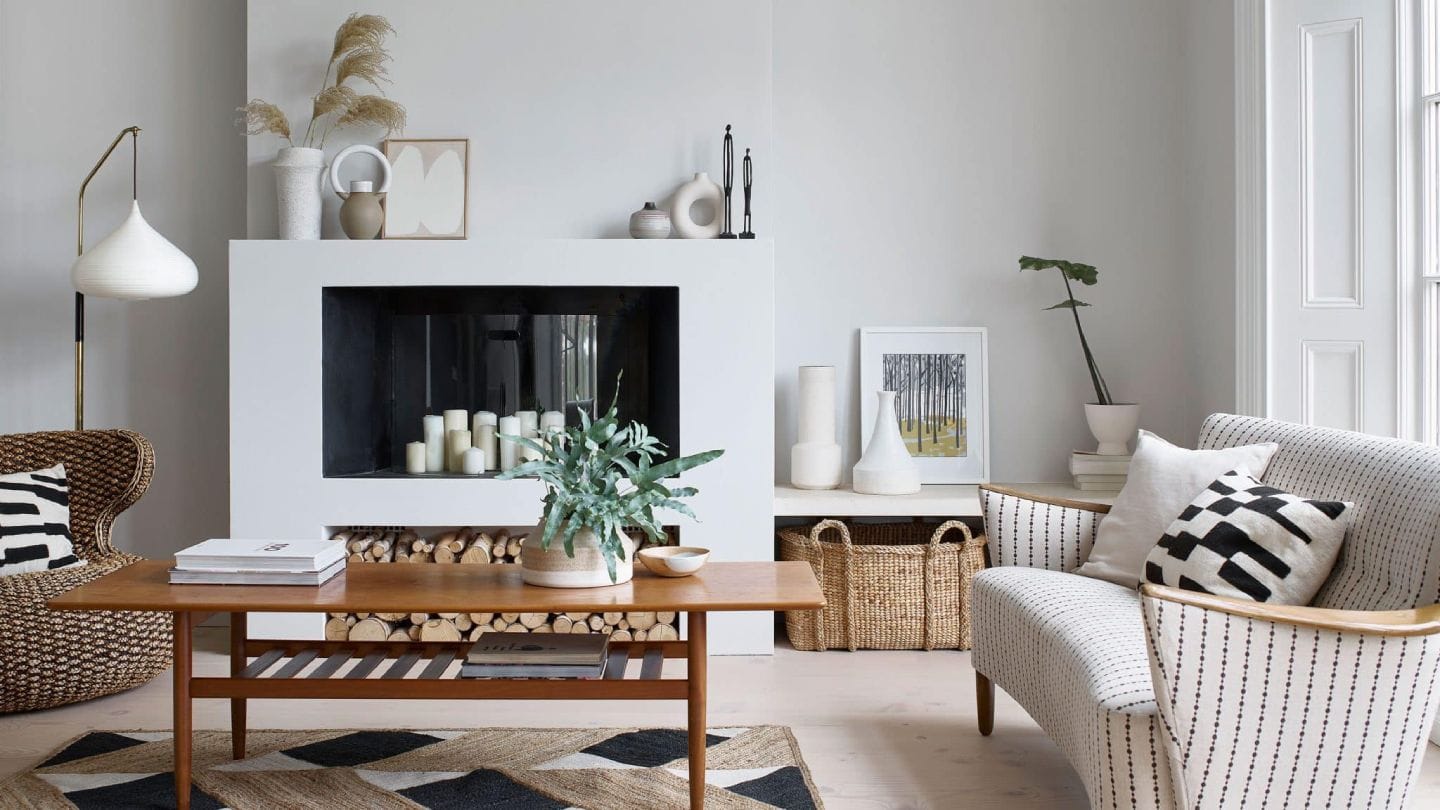How to Choose the Right Paint Colors for Interior Spaces
Introduction
Choosing the right paint colors for your interior spaces can have a significant impact on the overall look and feel of your home or commercial property. It sets the tone, enhances the aesthetics, and reflects your personal style. However, with the vast array of color options available, the task of selecting the perfect paint colors can be overwhelming. In this comprehensive guide, we will delve into the key factors to consider and provide practical tips to help you navigate the color selection process with confidence. From understanding color psychology to considering lighting and space, we’ll cover it all.
1. Understand Color Psychology:
Color psychology plays a crucial role in creating a desired atmosphere and influencing emotions within a space. Different colors evoke distinct feelings and moods. For instance, warm colors like red and orange can promote energy and excitement, while cool colors like blue and green tend to create a calming and soothing environment. Start by determining the mood you want to achieve in each room. Consider the function of the space and the emotions you want it to evoke. By understanding color psychology, you can select colors that align with the desired ambiance and purpose of the room.
2. Consider the Lighting:
Lighting can significantly impact how paint colors appear in a room. Natural light, artificial light sources, and even the direction the room faces can influence the perception of color. Take note of the intensity and direction of natural light throughout the day. If a room receives abundant natural light, consider cooler colors that won’t appear overly bright. In rooms with minimal natural light, warmer colors can help create a cozy and inviting atmosphere. Similarly, consider the type of artificial lighting in the space. Warm light bulbs can enhance warm-toned colors, while cool-toned bulbs complement cooler hues. Test paint samples in different lighting conditions to ensure the chosen colors appear as intended.
3. Assess the Room’s Size and Proportions:
The size and proportions of a room can be visually enhanced or altered through the use of paint colors. Lighter colors tend to make a space feel more spacious and open, while darker colors can create a more intimate and cozy ambiance. If you have a small room, consider using lighter shades to make it appear larger. Conversely, in larger rooms, you can experiment with deeper or bolder colors to add warmth and depth. Additionally, consider the proportions of the room. High ceilings can be visually lowered by painting them a darker color, while narrow rooms can appear wider by painting the shorter walls in a lighter shade.
4. Harmonize with Existing Elements:
Take into account the existing elements and furnishings in the room when selecting paint colors. Consider the color palette of furniture, flooring, curtains, and other fixed elements. Choose colors that harmonize or create a complementary contrast with these elements. A cohesive color scheme creates a harmonious and balanced space. You can select colors from the same color family or opt for analogous colors (those adjacent on the color wheel) for a more harmonious look. For a bolder approach, consider complementary colors (opposite on the color wheel) to create a striking contrast. By considering the existing elements, you can ensure that your paint colors tie the room together seamlessly.
5. Test Paint Samples:
Before committing to a particular paint color, always test paint samples on the walls of the intended room. Paint samples allow you to see how the colors interact with the room’s lighting, existing elements, and overall ambiance. Apply the samples on different walls to assess how they look in various lighting conditions and at different times of the day. Observe the samples for a few days to see how the colors make you feel and if they align with your vision for the space. Remember that paint colors can appear different once applied to a larger area, so it’s essential to evaluate them in the context of the entire room. Take note of how the colors make you feel and whether they achieve the desired mood and atmosphere. By testing paint samples, you can make an informed decision and avoid any potential regrets.
6. Don’t Neglect Neutrals:
While bold and vibrant colors can add personality and flair to a room, neutrals should not be overlooked. Neutral tones such as whites, beiges, grays, and taupes provide a versatile backdrop that can complement various design styles and allow other elements in the room to shine. Neutrals also provide a sense of timelessness and flexibility, allowing you to easily update the room with accent colors or décor changes. Consider using neutral shades as a base and then incorporate pops of color through accessories, artwork, or furniture for a balanced and visually appealing space.
7. Consider the Flow and Cohesion:
When choosing paint colors for multiple rooms or an open floor plan, it’s essential to consider the flow and cohesion between spaces. Select colors that create a harmonious transition from one room to another. You can achieve this through consistent color undertones or by using a cohesive color palette throughout the entire space. This creates a sense of unity and visual continuity, enhancing the overall aesthetic and appeal of your home.
8. Seek Inspiration:
If you’re feeling stuck or unsure about color choices, seek inspiration from various sources. Browse interior design magazines, websites, and social media platforms to gather ideas and see how different color combinations are used in real-life spaces. Create mood boards or collect images that resonate with your vision. Visiting paint stores or consulting with a professional color consultant can also provide valuable guidance and insights. Draw inspiration from nature, artwork, or even your favorite spaces to create a personalized color palette that reflects your unique style and preferences.
Conclusion
Choosing the right paint colors for interior spaces requires careful consideration and an understanding of the factors that influence their visual impact. By taking into account color psychology, lighting, room size, existing elements, and personal preferences, you can create a space that is visually appealing and conducive to the desired atmosphere. Remember to test paint samples and seek inspiration to ensure confident color choices. With this comprehensive guide, you’re well-equipped to embark on your color selection journey and transform your interior spaces with the perfect paint colors.



